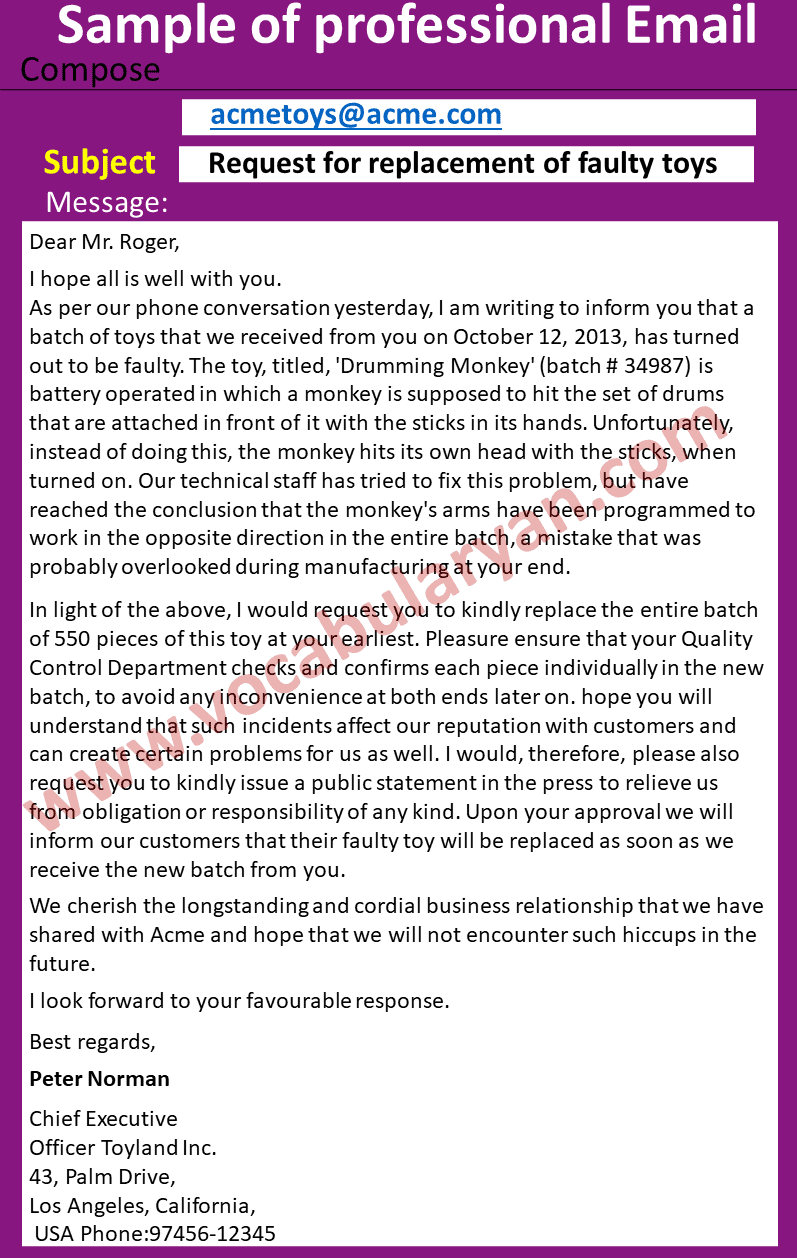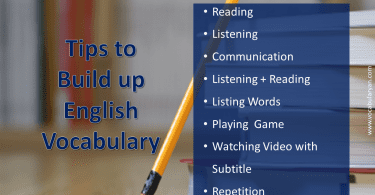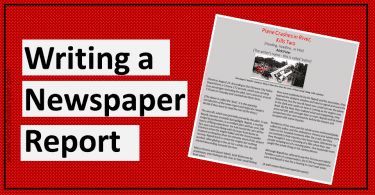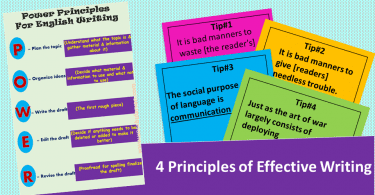Professional email writing is a crucial skill for effective communication in the workplace and academics. Mastering the format, tone, and structure of emails ensures clear, respectful, and professional interactions. Whether you’re reaching out to colleagues, professors, or clients, understanding key components like subject lines, greetings, and proper sign-offs can make your messages stand out. This guide simplifies the process, providing you with easy-to-follow steps to write concise, polite, and well-structured emails that will enhance your professional reputation and productivity.
When you’re writing a professional email, think of it like you’re talking to someone at work or school—someone who you want to respect your time and thoughts. Here’s how to do it in an easy way:
Subject Line
The subject line is like the title of your email. It tells the reader what the email is about, so keep it short and clear.
How to write it:
- Be direct and to the point.
- Example: Meeting Request for Project Update
Salutation
This is how you greet the person. Start with a polite “Hello” or “Dear.”
How to write it:
- If you know the person’s name, say Dear [Name] (e.g., Dear Mr. Ahmed or Dear Jane).
- If you don’t know the name, say Hello or Greetings.
Introduction (First Paragraph)
Now, tell the reader why you’re writing. Start by briefly introducing yourself and explaining the reason for your email.
How to write it:
- Start with something like, I hope you are doing well.
- Then, say why you’re emailing. Example: I’m writing to ask about our next meeting time for the project.
Main Content (Body)
This is the most important part! Tell the reader the details they need. Make sure to be clear and organized.
How to write it:
- Use simple sentences.
- Organize your thoughts logically.
- Example: I would like to discuss the progress on the project. Could we set up a 30-minute meeting next week to talk about it?
Call to Action (Next Steps)
End with a polite request. What do you want the reader to do next? This could be asking for a response, setting a meeting time, or confirming information.
How to write it:
- Politely ask for what you need.
- Example: Please let me know your availability, and I will arrange the meeting.
Closing
Wrap up your email by thanking the reader for their time. Keep it polite and professional.
How to write it:
- Something like, Thank you for your time and consideration.
Sign-off
This is how you say goodbye at the end of your email.
How to write it:
- Use formal sign-offs like Best regards, Sincerely, or Kind regards.
Signature
End your email by signing your name. If it’s important, include your job title and contact information.
How to write it:
- Best regards,
- Your name
- Your job title (if needed)
- Your contact info (optional)
Example of a Professional Email:
Subject: Meeting Request for Project Update
Dear Mr. Ahmed,
I hope you are doing well. I am writing to request a meeting regarding the latest updates on the project.
I would like to discuss the next steps. Could we schedule a 30-minute meeting this week to review the progress?
Please let me know your availability, and I will arrange the meeting accordingly.
Thank you for your time and consideration.
Best regards,
Ali Khan
Project Manager
[Contact Information]
You May Also Like




Leave a Comment